The casebooks of Simon Forman and Richard Napier contain consultation records of just under 46,000 patients, a little over 55% of whom were women, 43% men, and the remainder unknown. They ranged in age from a matter of days or weeks (such as the six-week old Henry Gyniver of CASE623) up to people identified as 100 years old (such as John Langford of CASE29133), though the highest numbers of patients were in the age range 20 to 29. Nearly 29% of the patients in the casebooks appear more than once, the majority of those fewer than ten times — though a handful have dozens of entries. For some, these consultations came in quick succession for a particular illness; for others, they came decades apart. John Cunningham of Newport Pagnell was sick in December 1598, aged 7, but his last consultation was for haemorrhoids 29 years later.
These patients came from all levels of society; in February 1624 the people whose problems Napier advised on included Lord Purbeck (PERSON60854), Mr Henry Bridges (PERSON22226), Goody (Anne) Matthews (PERSON33108), William Yates (PERSON62434), described as ‘a travellour’ and a ‘bagger’ (beggar), Anne Atkins, a cookmaid (PERSON43041), Napier’s niece’s husband Sir Thomas Ersfeild (PERSON48585), ‘a poore man’ called William Carpenter (PERSON45613), Old Lady Digby (PERSON47862), and an unnamed beggar’s child of five years old (PERSON40235). People as diverse as upholsterers and scullions, mercers and flaxwomen, comfit-makers and bagpipe-players asked about their problems and their ailments.
Forman’s career was well established by the time of the first extant volume of his casebooks, and his clientele stretched beyond London and the home counties, as far away as Wales and Cumberland. It is possible to trace the spread of Napier’s practice as his reputation grew from the early days of his career, when most of his patients came from the villages and towns close to his home in Great Linford — from nearby parts of Buckinghamshire, Northamptonshire, and Bedfordshire. Over the years of his practice, increasing numbers of patients came from further afield, from Oxfordshire, Leicestershire, Huntingdonshire, Hertfordshire, and places still more distant.
Our ‘person pages’ bring together the information about individuals and all their appearances and mentions in the casebooks. They record dates of birth, marriage and death, occupations, places of residence, and networks of relationships pieced together from the entries. Users of the site can search for people by name or by part of a name, or browse the list of people in the casebooks. The facets accompanying the results can be used to select specifically those people of a particular sex, occupation, or place of residence, to focus on those who asked a particular kind of question, or who played a certain role in their consultations. Those facets also indicate the numbers of people involved, making it possible to see the ‘shape’ of the data on display. This site provides a name directory listing by surname all the people appearing or mentioned in the casebooks. The forenames and surnames are given in standardised spellings (though the original spellings are retained in the transcriptions themselves); our forename regularisations page and our surname regularisations page record the details of those standardisations. The site also has a place directory in which a list of all the places mentioned can be found. There are three in-depth studies of patients from the casebooks: Pamela Benson has written about Emilia Lanier, Boyd Brogan has written on the Egertons, and Katherine Foxhall has written about Napier’s neighbour John Roughead. We also have an introduction to the questions that people asked when they consulted Forman, Napier and their associates. It is these questions, preserved in the entries and transcribed in our edition, that show us most clearly the concerns of the astrologers’ clients — and which preserve, however imperfectly, the words of thousands of early modern patients.


